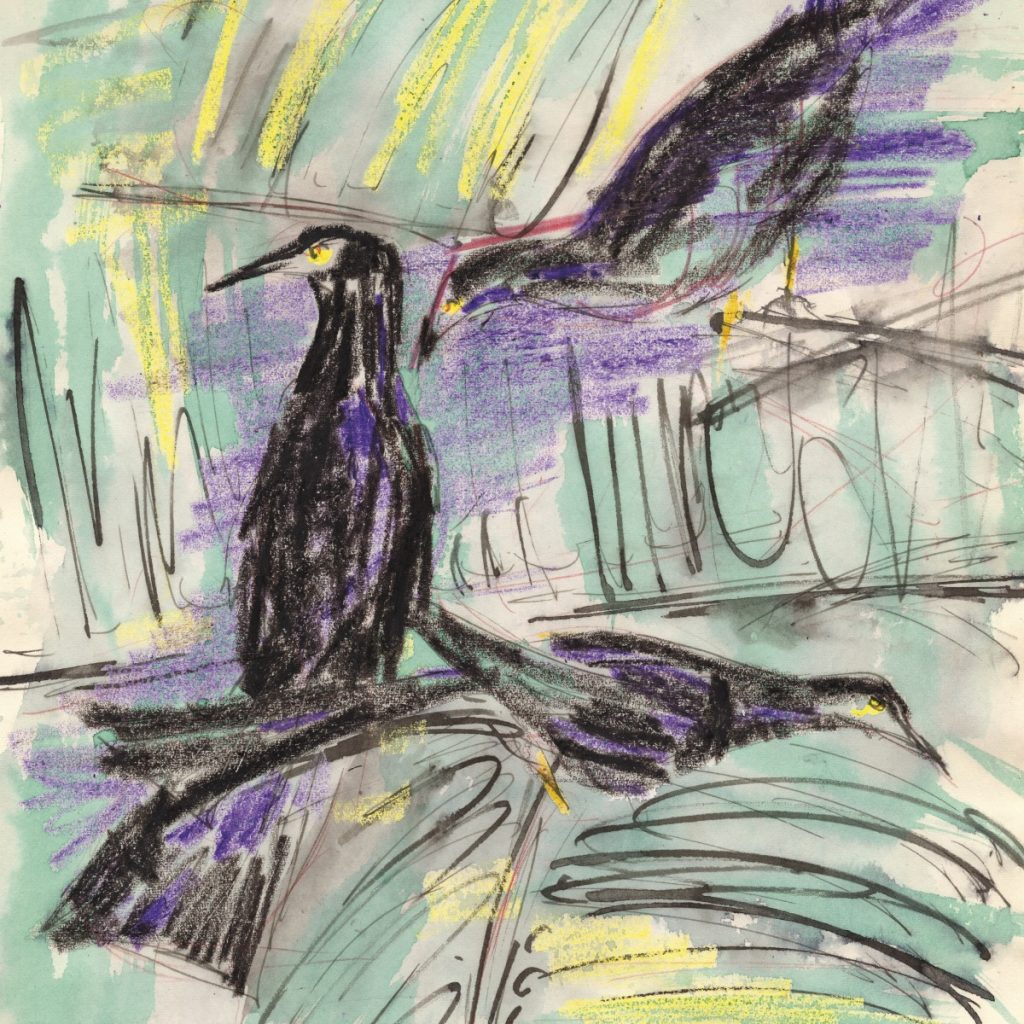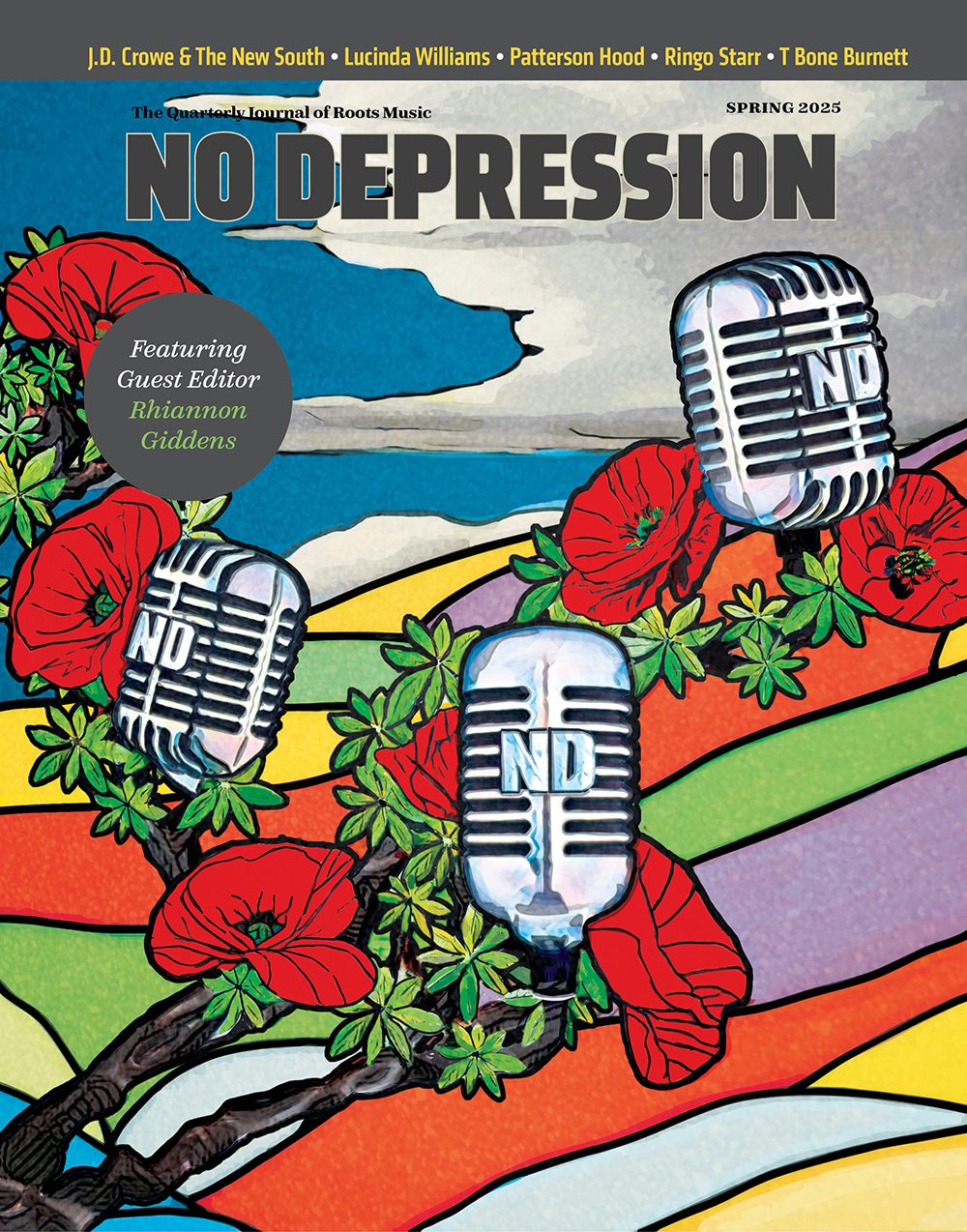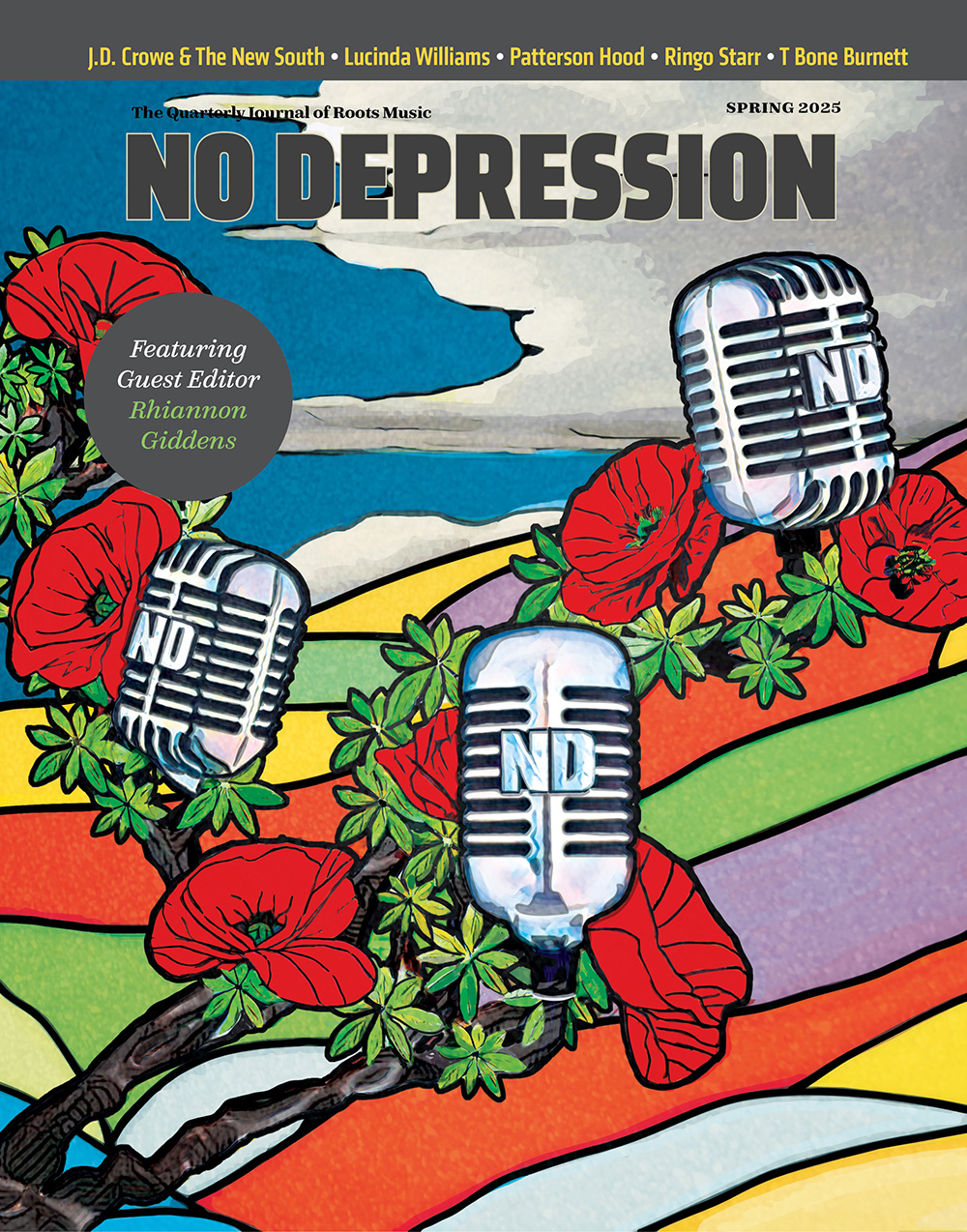ALBUM REVIEW: On ‘Still Life,’ Carson McHone Paints the Quest for Inner Peace

Still-life paintings portray stasis, but, in Dallas Frazier’s words: “beneath still waters, there’s a strong undertow.” These paintings owe their entrancing beauty to the ambivalent tensions that crack and bubble just below their staid surface. The title track of Carson McHone’s third album, Still Life, evokes the forces that animate the struggle in the unsettled quest for stillness. The song opens with bright, propulsive guitar chords and a warm lead riff that repeats throughout — sort of like a reminder of the quest to still our minds — and McHone’s emotionally laden vocals float over them. As the song builds layer by layer on the strains of soulful organ and piano and guitar, it spirals toward an outro both resigned and defiant. McHone repeats the affirmation “a still life but I’m still alive” five times before she gives up and lets Daniel Romano’s thrumming guitar and Mark Lalama’s roadhouse piano crescendos have the final rousing “words.”
The rest of the songs on Still Life probe the permeable boundaries between desolation and exhilaration, isolation and community, failure and hope, loss and love that we constantly navigate in search of at least momentary stillness. The opening track, “Hawks Don’t Share,” launches ferociously on Romano’s and McHone’s roving guitars before opening into a jangly twelve-string guitar and David Nardi’s blaring sax on the instrumental bridge. McHone’s vocals and the structure of the song recall Kelly Willis’ “What I Deserve” and “Heaven Bound,” as the song swoops down into the ways that we so often prey on each other, leaving little but mistrust in our wake.
The sweeping strings, lush piano, and McHone’s tender vocals on “Sweet Magnolia” create an atmospheric mood that conveys the exquisite sadness of regret and leaving, while the jet-fueled burn-down-the-house rocker “Someone Else” darts into Beatles-esque choruses and garage rock instrumental bridges: Lesley Gore meets the Kinks. The soulful, swaggering and swaying “Only Lovers” mimics the heat and passion of “only lovers” who “are not falling in love” with punchy sax and strolling drums. In spite of the “no-strings-attached” nights of wild abandon, the singer fleetingly wants to be falling in love, but pulls back from the brink, with at least momentary regret.
McHone’s powerfully resonant vocals plumb the depths and scale the heights of human vulnerability, conveying an emotional resilience that lies at the ragged heart of the songs on Still Life.



